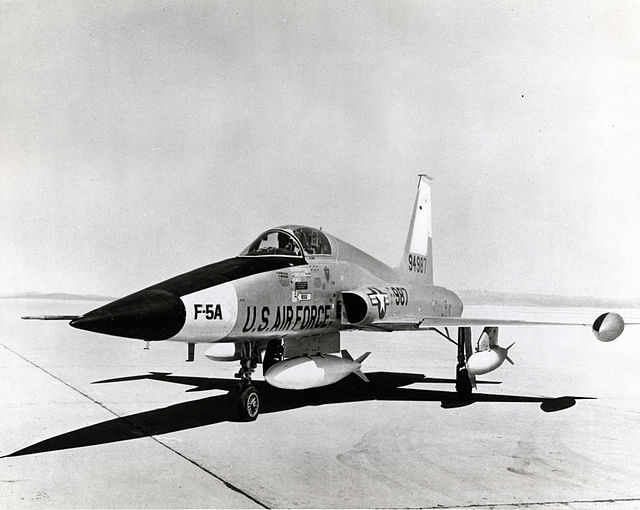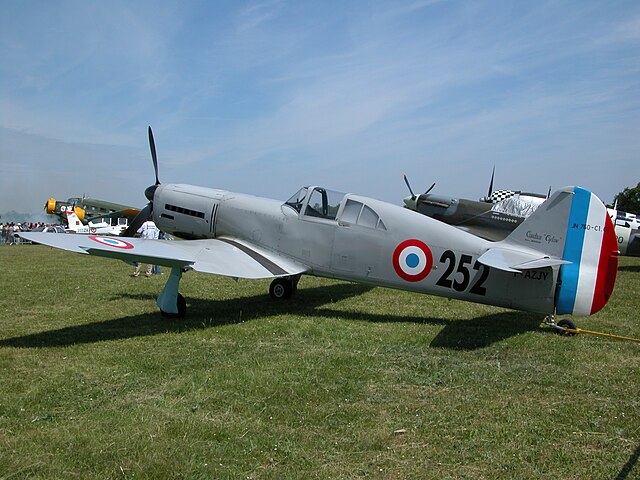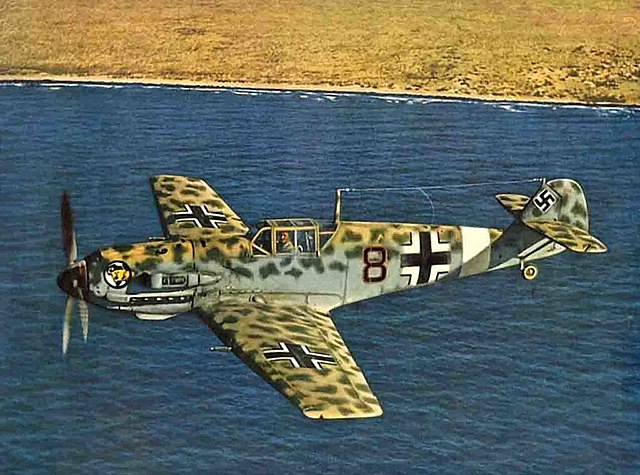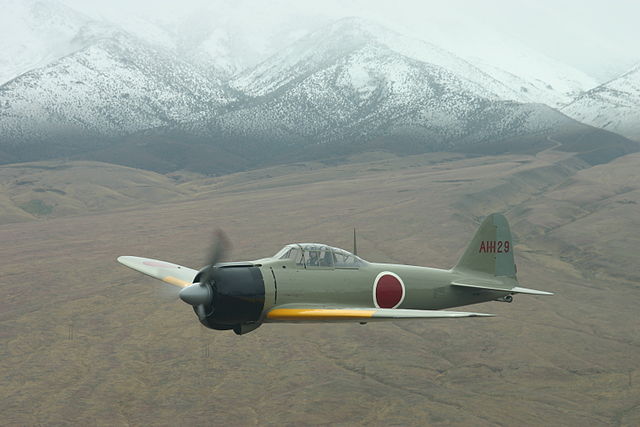The Northrop F-5 is a family of supersonic light fighter aircraft initially designed as a privately funded project in the late 1950s by Northrop Corporation. There are two main models, the original F-5A and F-5B Freedom Fighter variants and the extensively updated F-5E and F-5F Tiger II variants. The design team wrapped a small, highly aerodynamic fighter around two compact and high-thrust General Electric J85 engines, focusing on performance and a low cost of maintenance. Smaller and simpler than contemporaries such as the McDonnell Douglas F-4 Phantom II, the F-5 cost less to procure and operate, making it a popular export aircraft. Though primarily designed for a day air superiority role, the aircraft is also a capable ground-attack platform. The F-5A entered service in the early 1960s. During the Cold War, over 800 were produced through 1972 for US allies. Though at the time the United States Air Force (USAF) did not have a need for a light fighter, it did procure approximately 1,200 Northrop T-38 Talon trainer aircraft, which was based on Northrop's N-156 fighter design.
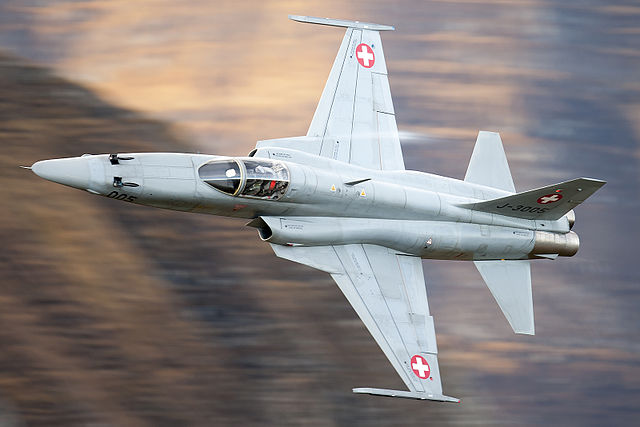
Northrop F-5
The first Northrop YF-5A prototype
Official roll-out of first USAF F-5E Tiger II
F-5E Tiger II with B83 nuclear bomb at Hill Aerospace Museum
A light fighter or lightweight fighter is a fighter aircraft towards the low end of the practical range of weight, cost, and complexity over which fighters are fielded. The light or lightweight fighter retains carefully selected competitive features, in order to provide cost-effective design and performance.
The General Dynamics YF-16 and Northrop YF-17 were competing designs in the US Lightweight Fighter program.
Caudron C.714
The German Bf 109 was the second smallest major fighter of WWII, and produced in greater numbers than any fighter in history.
The Japanese A6M2 Zero was the lightest major fighter of WWII. Extremely maneuverable and long range, it was highly successful early in the war, though surpassed in the later stages.


